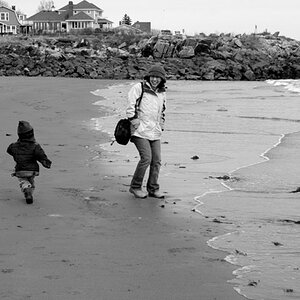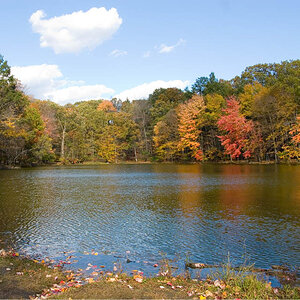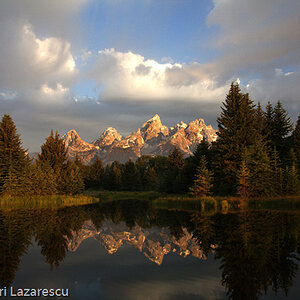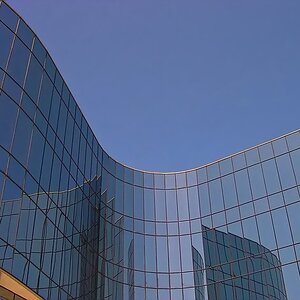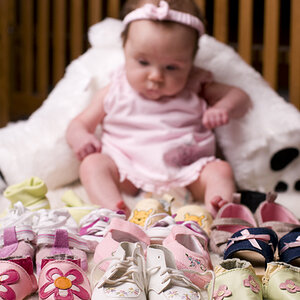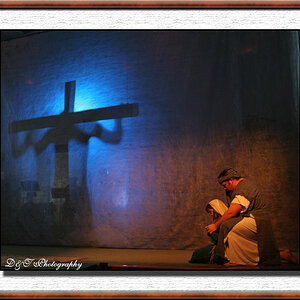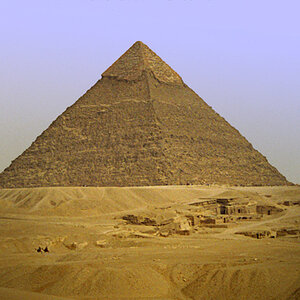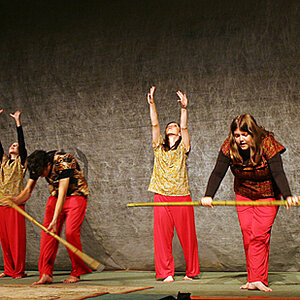Hypothetically, what would the differences be in the end result if one were to take exactly the same shot with same shutter, ISO, aperture settings etc. and the same lens...
a) With black and white white film
b) With black and white C-41 film
c) With a digital camera set to black and white mode
d) In colour, and then convert to black and white with photoshop?
What are the advantages or disadvantages of each process, and how much of the final result is really dependant upon what is done with the file / negative?
Charlie
a) With black and white white film
b) With black and white C-41 film
c) With a digital camera set to black and white mode
d) In colour, and then convert to black and white with photoshop?
What are the advantages or disadvantages of each process, and how much of the final result is really dependant upon what is done with the file / negative?
Charlie


